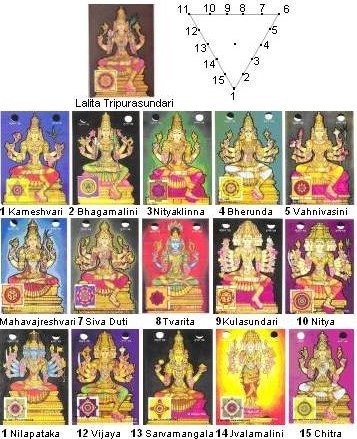The Divine Mother has sacred form.
The Divine Mother has the
capacity, history, and wisdom to purify all things and souls of all universal
beings. Universal life is due to desires and ignorance; the souls are suffering
with birth and rebirth cycle. Those who read and hear Her glories and think
about them can purify themselves. When the light comes in, the darkness
disappears. Similarly, the penance and meditation on Her, leads to superior
knowledge and wisdom.
The Lord came as young Krishna. Gopis used their five senses and surrendered to
Him. Similarly, during mediation, if the Divine Mother’s beautiful form is
visible to the devotee, he realizes happiness. There is nothing equivalent to
this supreme happiness state for the devotee.
The Divine Mother’s darshan gives purity to the devotees. Akrti means arising in form. She has the capacity to purify things, which is called ‘Pavanam’. The Divine Mother’s form has such purifying nature. For those glorifying Her by singing and thinking about Her, She spreads the purity, means krti action. So those who hear and talk about her superior actions also get purified.
Akrti can also mean ‘form’ and ‘wisdom or knowledge.’ The Divine Mother arises in form and appear or create the universe. Praising Her actions create purity of mind and awakens jnana, wisdom.
Yajnavalkya smrti points out,
“penance and knowledge are means of purifying the embodied soul. The knowledge purifies
the intellect, and the soul Ksetrajva is purified by the knowledge of the Supreme
Divine. For the bhutatma (embodied soul) penance and knowledge help to purify
the mind and control the organs of perception, the mind, and the intellect.
C N Nachiappun
Singapore, 05 October 2021.
References:
1.
The Thousand
Names of the Divine Mother published in English by Mata Amritanandamayi Center,
San Ramon, California, USA, with Commentary by T. V Narayana Menon
2.
Shri Lalitha
Sahasranama Stostram published in Tamil by N. Ramaswami Iyer charities’
societies, Trichirapalli, India, with Commentary by C. V. Radhakrishna Sastry.
3.
The Lalitha
Sahasranamam published in Tamil by Shri Ramakrishna Thapovanam,
Thiruipparaithurai, Trichy District, Tamilnadu, India with commentary by
Shrimath Swami Sithbavandar











